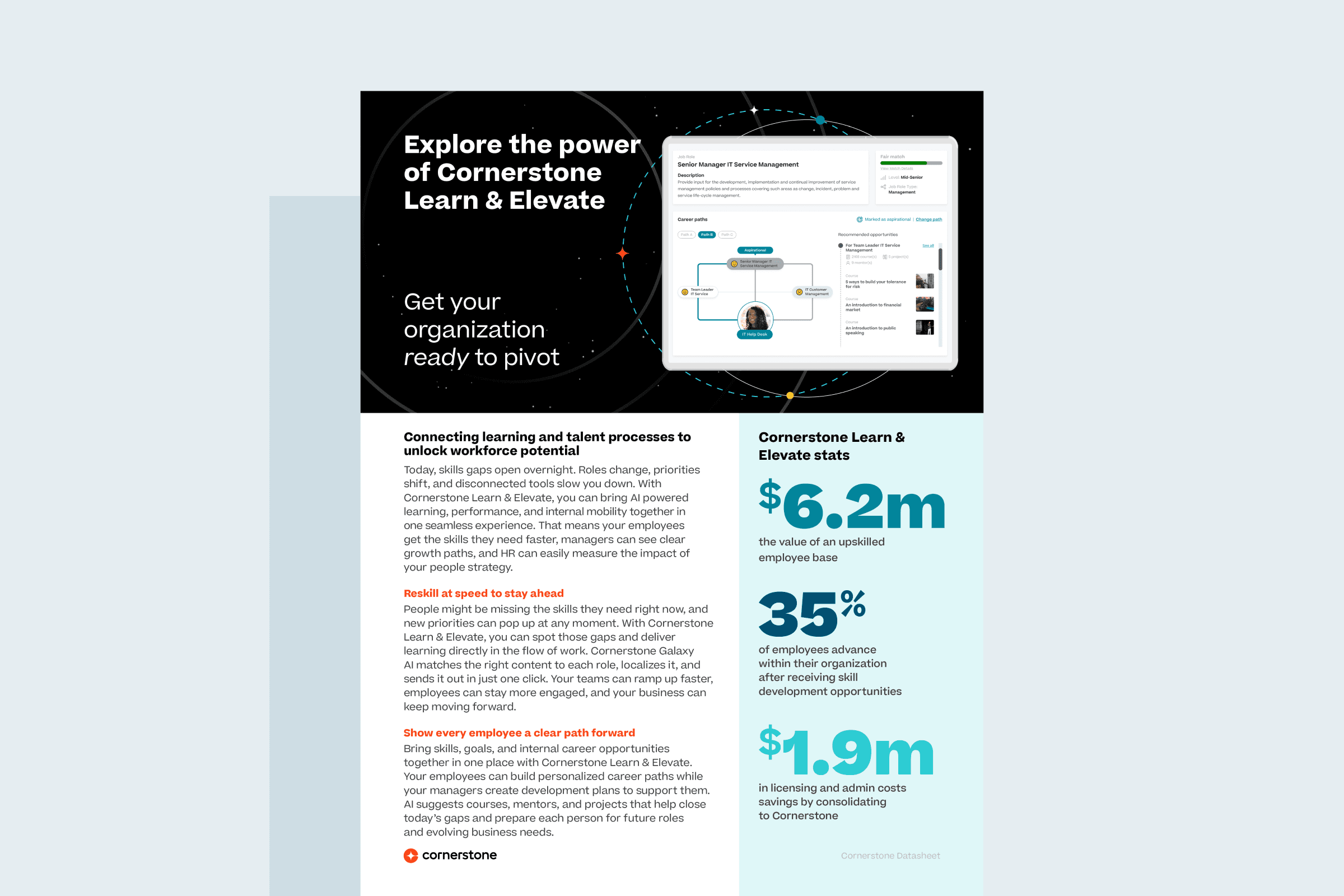This article was originally published under Jeff Miller’s column "The Science of Workplace Motivation" on Inc.com.
I recently sat down with a new manager who was overseeing a team for the first time. When I asked how she was doing, she explained that she was loving every minute -- but that every minute also felt packed. "I have so many meetings!" she said.
This response might seem perfectly normal, and that’s precisely the problem with management today. It’s no secret that American employees wear "busy" like a badge of honor, and at the management level, the urge to be "busy" is compounded by the pressure to understand why your direct reports are (or aren’t) busy, too.
The result? Meetings and more meetings. Middle managers spend 35 percent of their time in meetings, upper managers spend 50 percent of their time in meetings, and the average employee spends four hours a week just prepping for status update meetings.
My above conversation with a first-time manager points to the fact that people are learning how to help others cultivate to-do lists, but not careers. It’s no surprise that CEB found 60 percent of new managers fail within their first two years. And while not everyone is meant to be a manager, the stats certainly don’t have to be so grim.
If you strive to make the people around you better, you’re primed to be a great manager. It just takes more than a few one-on-one meetings. After more than two decades studying and teaching employee motivation and leadership, I’ve found successful management comes down to five main tenets.
1) Delineate between being "friends" and being "friendly." As an individual contributor at a company, your coworkers are your peers. Once you become a manager, some of these same coworkers become your responsibility. You need to help them hold themselves accountable -- and that’s much harder to do if you’re seen as a friend.
You don’t need to lose existing friendships (after all, friends at work boost satisfaction), but you should walk a line with new relationships you form. As a manager, be friendly and authentic, but make sure you’re garnering respect as a mentor and confidant -- not just a peer.
2) Drive toward clarity. Great managers help people fulfill their potential, and the easiest way to do this is to ensure they are perfectly clear about their roles, responsibilities and opportunities.
A Gallup report on management found that clarity of expectations is the most basic of employee needs and vital to performance. You should help employees set performance goals, communicate feedback and answer any questions. Practice nonjudgmental communication to encourage employees to be more open. For example, instead of "Did that make sense to you?" ask "Did I make sense?"
3) Manage up and filter down. As a first-time manager, you’ll be exposed to parts of business strategy and operations that you weren’t aware of as an individual contributor. This can be difficult. You should be prepared to manage up by sharing information on your team’s morale, performance and concerns with executives, while filtering down information about organizational vision, performance and priorities.
4) Ask for help. You’ll inevitably come across situations you don’t know how to handle, but that’s a sign of growth -- not weakness. Don’t be afraid to tell your boss, colleague or fellow new manager, "Hey, I’m stuck. Can you walk through this with me?"
As Senior Director of Talent Management at Cornerstone OnDemand, I know you’re not alone. I coach multiple people at our organization, and several senior level executives have confessed, "I feel like I don’t know what I’m doing." Ask for help -- it’s likely someone else has faced the same challenge before you.
5) Make decisions. Once your role and expectations are clear, you should feel empowered to act. Don’t be afraid to make a decision -- even if you risk falling short. Failing forward is the best way to improve, and if you’ve formed strong, trusting relationships with your employees and upper managers, they’ll be there to make sure every challenge your team faces is met with gusto.
Moving into a management role is daunting: You’re in charge of a team of people, and need to pay attention to their career paths in addition to your own growing role. As long as you focus on authenticity, clear communication and informed confidence, you’ll be well on your way to success (and overcoming that grim 60 percent statistic).
Photo: Creative Commons


